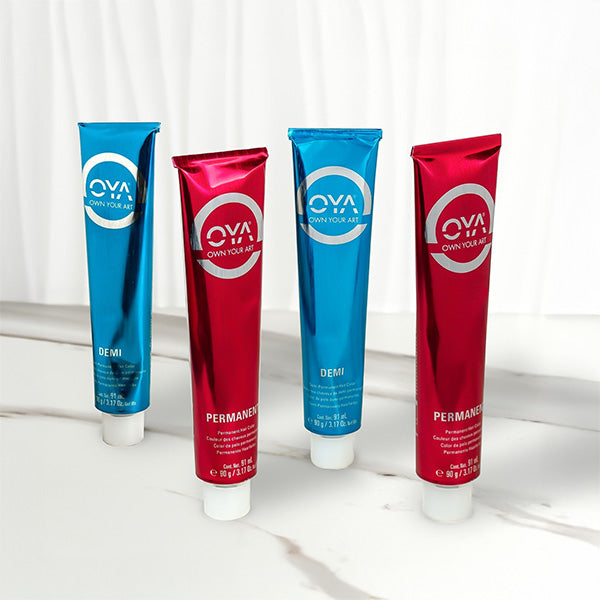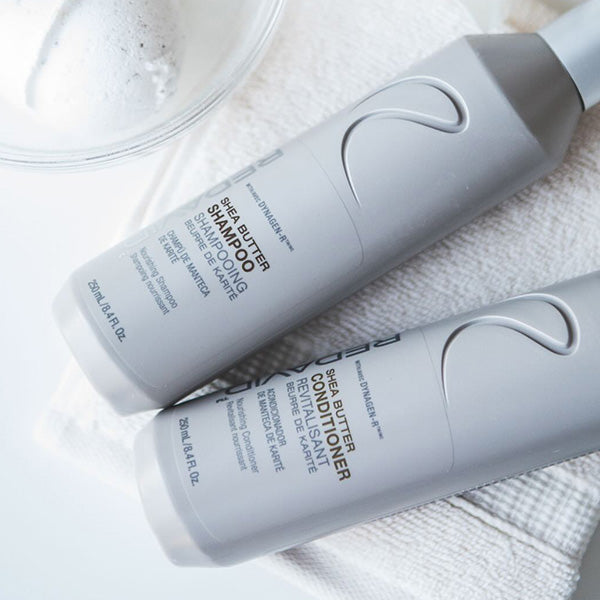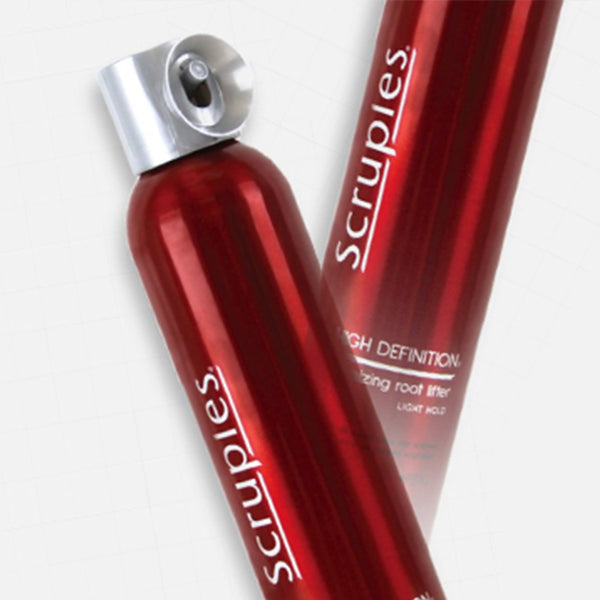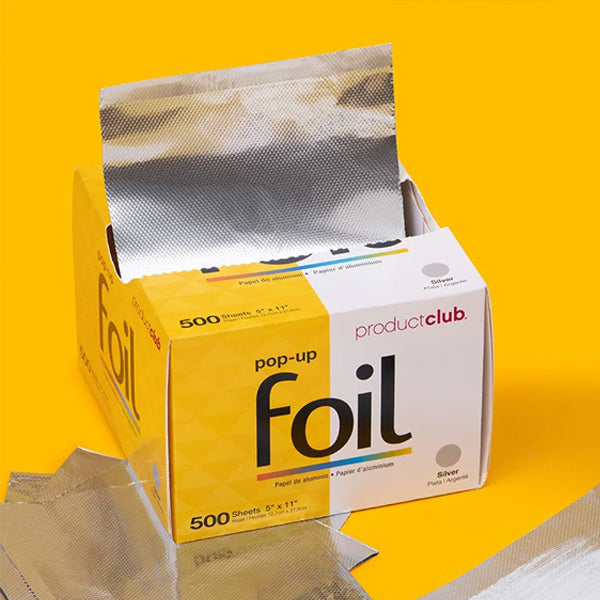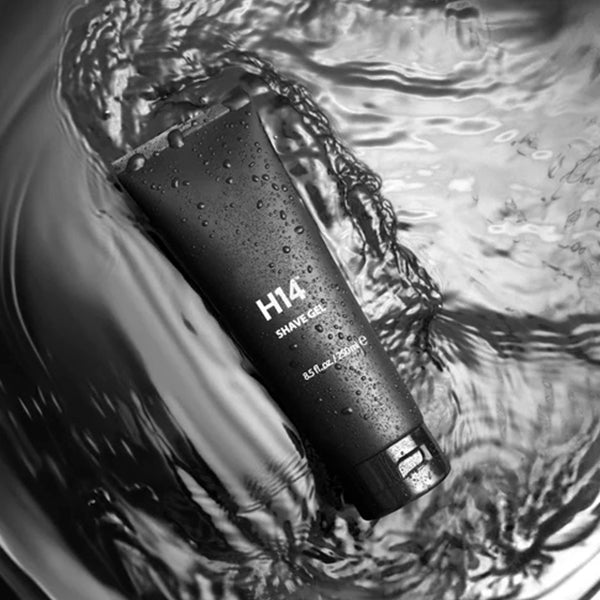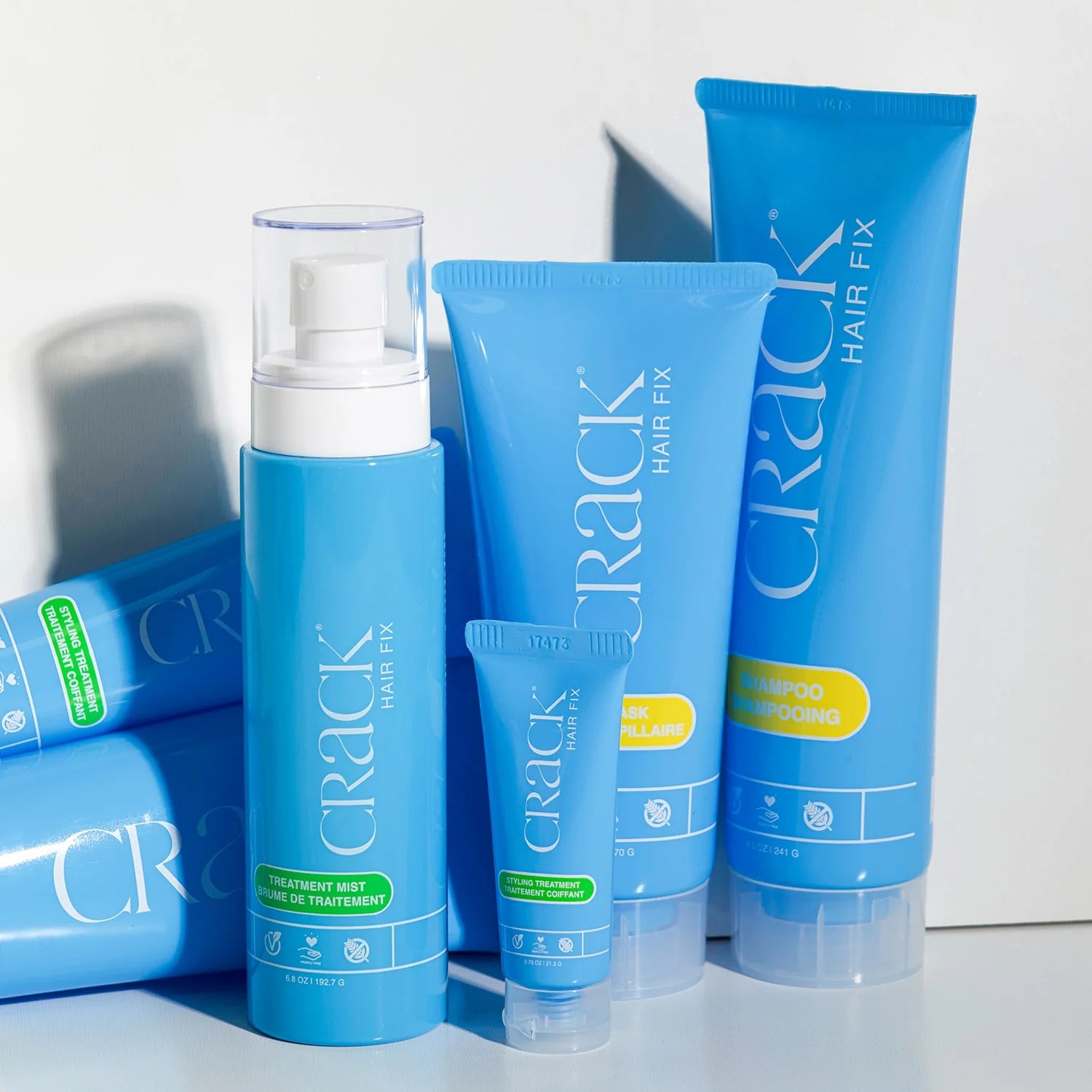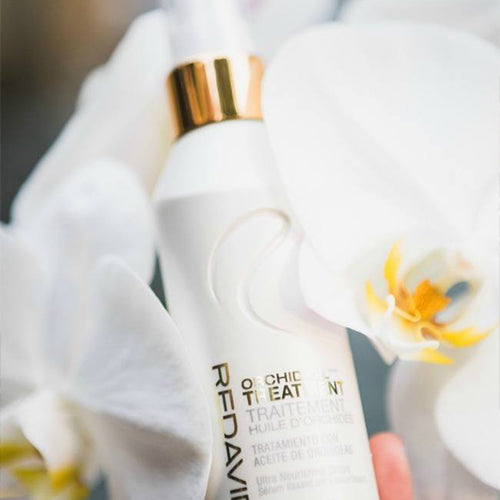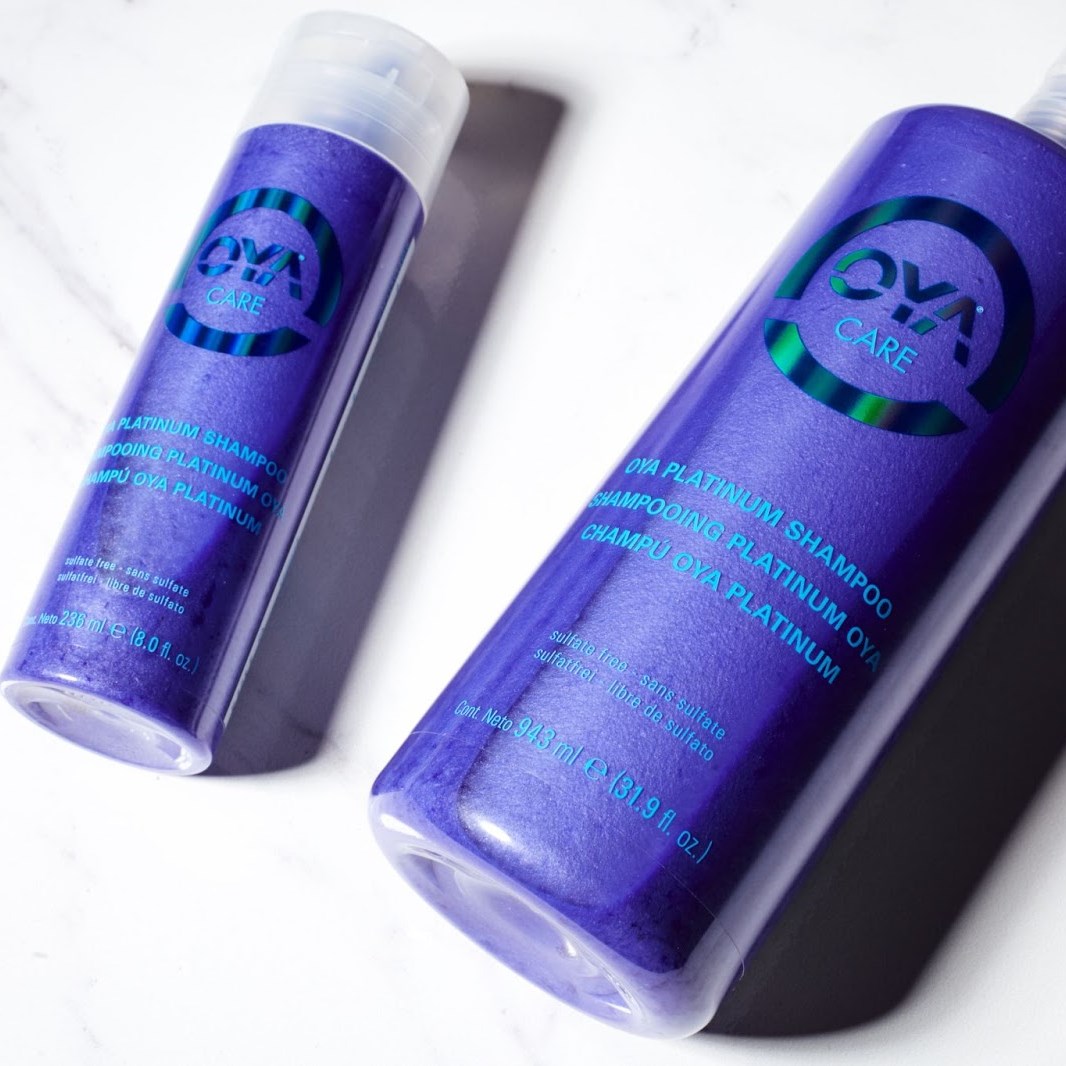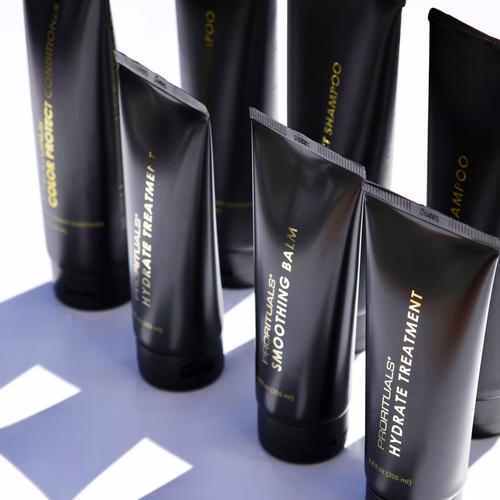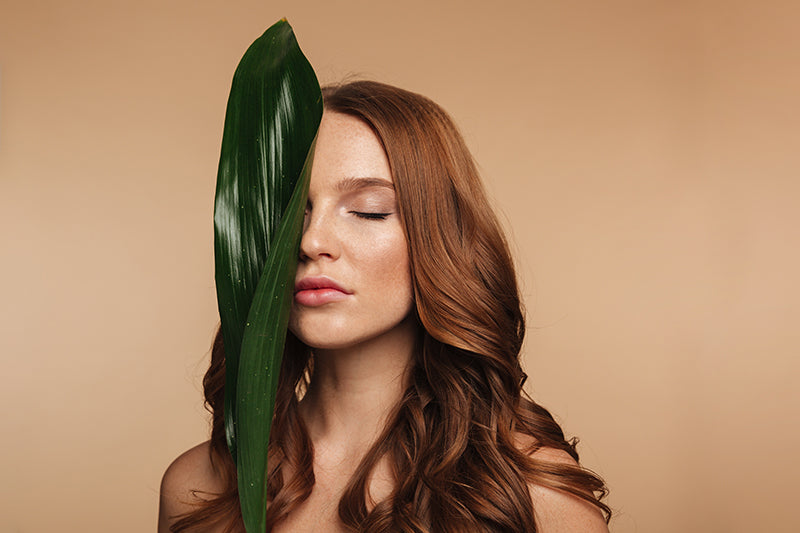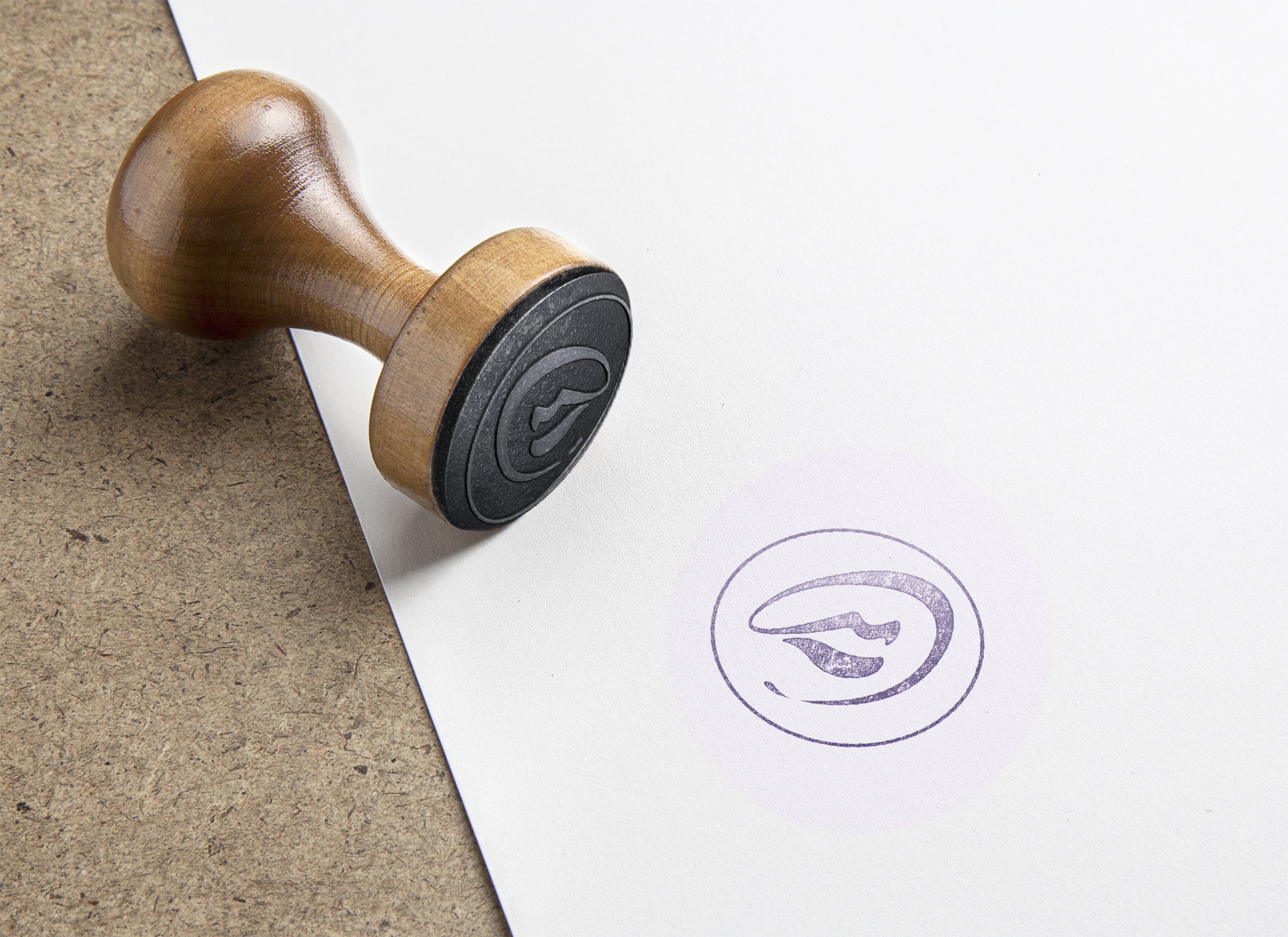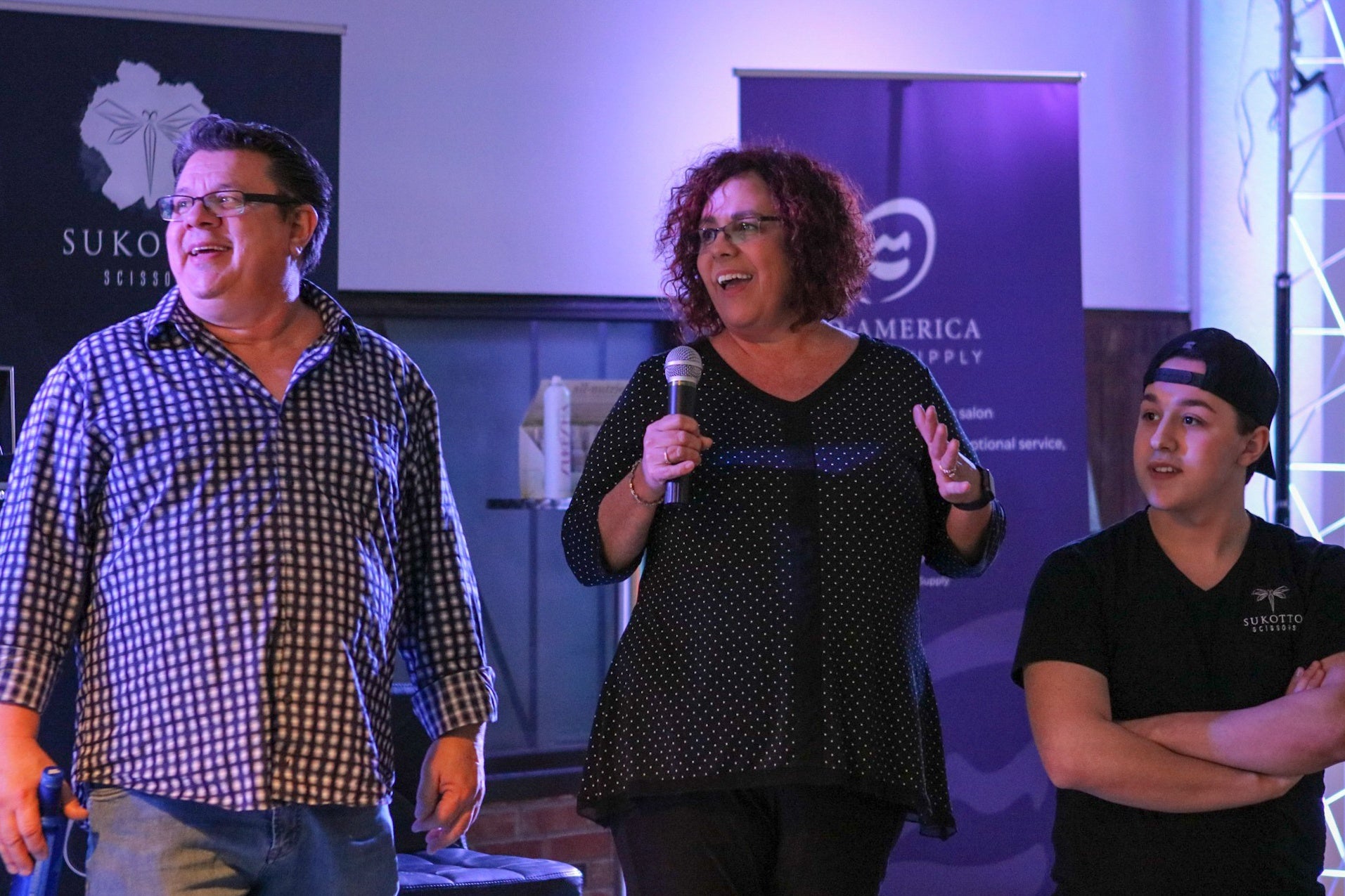How Color Results Shift Under Warm, Cool, and Natural Light
You’ve just finished a flawless toner application—perfect lift, even saturation, gorgeous tone. But then the client steps outside, and suddenly the ash looks green, the gold reads orange, or the depth appears darker than in your chair. What happened?
Lighting happened.
Hair color isn’t just about what’s on the strand—it’s about how light interacts with the pigment. Every light source casts a different spectrum, affecting how tone, depth, and vibrancy appear. Understanding how color behaves under warm, cool, and natural light is essential to managing client expectations, choosing formulas, and delivering predictable, professional results.
1. The Science: Why Lighting Alters Hair Color Perception
Different light sources have different color temperatures, measured in Kelvin (K):
-
Warm light (under 3500K) = yellow/orange cast
-
Neutral daylight (4500K–5500K) = balanced spectrum
-
Cool light (over 6000K) = blue/white cast
Hair reflects light—so the color your client sees is influenced by both the pigment on the hair and the light bouncing off of it.
2. Warm Lighting (e.g., Tungsten Bulbs, Candles, Yellow LEDs)
-
Enhances red, gold, copper, and warm tones
-
Mutes ash, violet, and cool tones—making them appear muddier or green
-
Makes dark shades look warmer and lighter
In the salon:
Warm lighting can make cool blondes or smoky brunettes appear off-tone. If your station lighting leans warm, clients may request unnecessary “corrections” for tone issues that aren’t real.
3. Cool Lighting (e.g., Fluorescents, Blue LEDs, Many Salon Rings)
-
Accentuates ash, blue, and violet tones
-
Neutralizes warmth, but can overdo it—making golden or caramel tones appear dull
-
May make lighter hair appear whiter or even washed out
In the salon:
Cool lighting is great for cutting—but it can make a perfectly warm blonde look brassy or too yellow. Stylists may end up over-toning when it’s just a lighting artifact.
4. Natural Light (Window Light, Outdoor Shade, Midday Sun)
-
Offers the most accurate color read
-
Reveals true undertones and reflection
-
Also reveals flaws—like patchiness or inconsistent saturation
Natural light is the gold standard for evaluating hair color. But because it changes throughout the day, even that can be inconsistent:
-
Morning/evening = warmer cast
-
Midday = neutral white
-
Overcast days = cooler tone and less shine
5. Why Lighting Matters in Client Trust
Hair color clients live in multiple lighting environments:
-
Bathroom = warm
-
Office = cool LED
-
Outdoors = neutral daylight
-
Social media selfies = ring lights or filters
This means they may perceive their color differently every day. If they’re not prepared for this, they may blame the service instead of the conditions.
6. How to Protect Your Work (and Your Reputation)
✔ Check Your Salon’s Lighting Setup
-
Use balanced daylight bulbs (5000–5500K) near the chair
-
Avoid only overhead light—use adjustable front lighting to reduce shadow and distortion
-
Consider keeping a portable daylight lamp or a window station for final tone checks
✔ Do a Final Color Check Near Natural Light
Before blow-drying or releasing the client:
-
Take them to a window or neutral-lit area
-
Reevaluate the tone and depth before adjusting
-
Let them see the color in a different light before they leave
✔ Use Language That Frames Light as Part of the Process
“You might notice your color looks a little cooler in your bathroom or warmer in sunlight—that’s totally normal and depends on the lighting. What we’ve created here will shift slightly depending on where you are, but the tone is true.”
7. Bonus: Photos and Lighting
If you take client photos:
-
Use consistent lighting every time to avoid confusion or inaccurate before/after comparisons
-
Shoot with a mix of ring light and indirect daylight when possible
-
Always show clients that photos may not reflect what the eye sees in person


